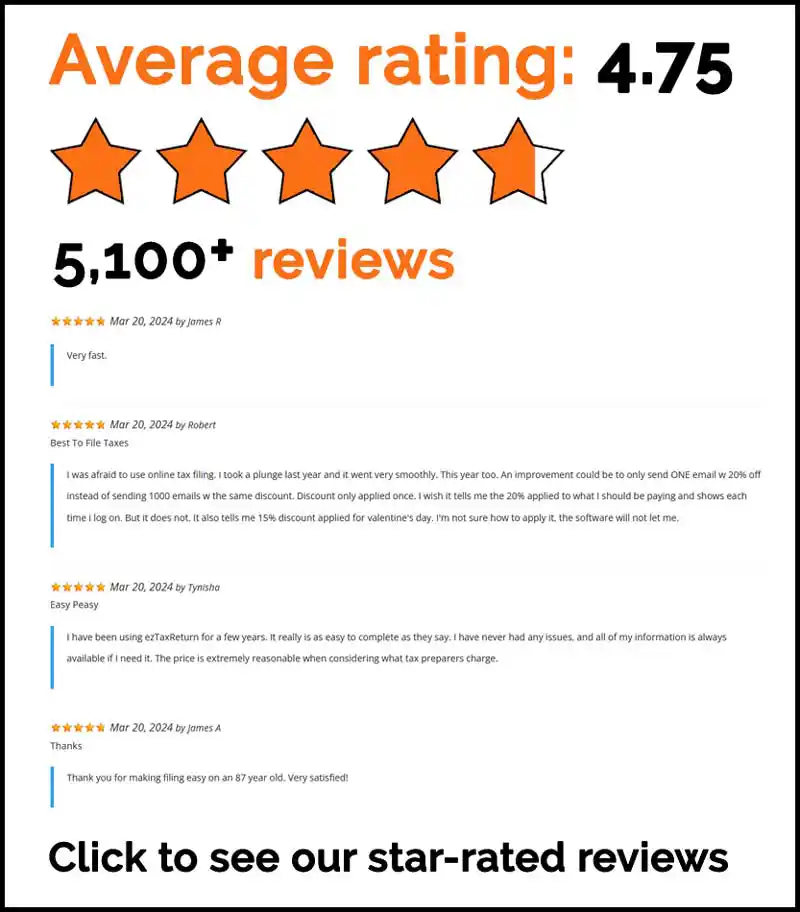The information in this article is up to date for tax year 2024 (returns filed in 2025).
Didn’t ask your employer to withhold enough taxes? You may have a tax liability on your hands due to insufficient federal tax withholding. A tax filer can end up paying more than what’s withheld based on their income and wage levels. You can avoid a potential tax liability by requesting your employer to withhold a bigger amount by making changes to your W-4 form.
What Is Income Tax Withholding?
Income tax withholding is a crucial process where your employer deducts a portion of your wages and sends it directly to the government. This deduction acts as a partial payment towards your federal income tax liability, ensuring you don’t face a hefty tax bill at the end of the year. Often referred to as pay-as-you-earn tax or tax deduction at source, the amount of tax withheld depends on several factors, including your income, filing status, and the number of withholding allowances you claim on your W-4 form. By understanding how much tax is withheld from each paycheck, you can better manage your income tax liability and avoid any surprises when it’s time to file your federal income tax return.
Why Do You Need to Check Your Tax Withholding?
Check your tax withholding to ensure enough is being deducted from each paycheck. If your withholding doesn’t match your filing status, you may owe extra taxes come tax time. Using a tax withholding estimator can help you determine if you need to adjust your W-4 form to ensure the correct amount is withheld.
Adjusting your withholding can have a significant impact on both your taxes and paycheck. Increasing your tax withholding means more tax is deducted, potentially resulting in a larger tax refund. On the other hand, decreasing your tax withholding gives you more take-home pay, but could lead to a smaller refund or even a tax bill. Properly adjusting your tax withholding helps manage your tax liability and avoid surprises at tax time.
When to Check Your Tax Withholding?
It’s important to check your withholdings periodically. A few key times are at the beginning of the year, when there are tax law changes implemented by the IRS, and when you have lifestyle changes that may impact your filing status.
Lifestyle changes include:
- Marriage, divorce, birth of a child, buying a home or filing for bankruptcy
- Change in wage income while starting or stopping an additional job
- Change in income not subject to tax withholdings including self-employment, interest income, dividends and IRA
- Adjustable income deductions such as IRA, student loan interest or alimony paid.
- Itemized deductions or credits such as medical costs, interest costs, charitable donations, costs related to dependent care, earned income credit, educational credit, and child tax credit.
If you have changes in income not subject to withholding, such as self-employment income, you may need to adjust your federal income tax withheld to avoid owing taxes at the end of the year.
How to Check Your Tax Withholding?
If you need to adjust your current W-4 on file due to a lifestyle change, a withholding calculator at the IRS website can help guide you towards the proper amount of withholdings essential on your corrected W-4 form.
Accurately calculating your federal taxes is crucial to ensure you are not underpaying or overpaying throughout the year.
The amount withheld depends on:
- Your filing status
- Number of withholding allowances claimed. Please note that each allowance claimed reduces the amount withheld
- Additional withholding: An employee can request more amount to be withheld from each paycheck
Part 4(b) on the W-4 is completed to decrease or increase the individual withholdings.
To reduce your withholding, you can claim deductions other than the standard deduction on the Deductions Worksheet. A higher deduction (e.g. $20,000) would result in a reduced tax withholding.
Benefits of Withholding More vs. Paying More at Tax Time
The benefits of withholding more taxes from each paycheck is simple – you’ll owe less at tax filing time and receive a larger refund. You don’t have to worry about the time pressure to pay tax payments by the payment deadline (April 15th) because you’ve already made your monthly deductions accurately. By ensuring that around 90% of your estimated income taxes are withheld, you can avoid penalties and manage your tax liability more effectively.
Generally, the more allowances you claim, the smaller the taxes that will be withheld from each paycheck. The fewer the allowances claimed, the larger the withholding amount, which may result in larger refund. The amount of additional income you choose to withhold from your paycheck can depend on your individual situation.
Some people prefer to claim more allowances and have less taxes withheld from each paycheck to put away those extra savings for monthly bill and rent expenses. Some people cannot afford to wait for a tax refund at the end of the year, so they’d rather pay more taxes when filing their tax return.
When Are Taxes Due?
Tax filers who owe taxes after filing their tax return will need to make a payment. Penalties may be applied by the IRS for non-payment. The IRS deadline for payment without penalties is April 15th. Meeting the estimated tax payment deadlines for each quarter is crucial to avoid penalties and ensure compliance with IRS requirements.
Who Needs to Make Estimated Tax Payments?
Tax filers who are self-employed or independent contractors usually need to make quarterly estimated tax payments. They are due in April, June, September and January of the following year. If you expect to owe more than $1,000 in taxes, please refer to Form 1040-ES. Failing to make these payments can result in an estimated tax penalty, which is calculated based on the amount of underpayment and the number of quarters you underpaid.
Calculating Estimated Tax Payments
Calculating estimated tax payments might seem intimidating, but it’s essential to ensure you’re on track with your federal tax obligations. Here’s a simple guide to help you through the process:
- Estimate Your Annual Income: Begin by estimating your total income for the year, including wages, salaries, tips, and any other sources of income.
- Determine Your Tax Liability: Use the IRS tax tables or a reliable tax calculator to figure out your total tax liability for the year.
- Calculate Your Estimated Tax Payments: Divide your total tax liability by four to determine your quarterly estimated tax payments.
- Consider Your Withholding: If you have taxes withheld from your paycheck, you might not need to make estimated tax payments. However, if you’re self-employed or have other income not subject to withholding, you’ll need to make these payments.
- Adjust for Changes: If your income or tax liability changes during the year, adjust your estimated tax payments accordingly to avoid penalties.
By following these steps, you can make accurate estimated tax payments and stay compliant with federal tax laws.
Penalty for Underpayment of Estimated Tax
Failing to make estimated tax payments or underpaying your estimated taxes can result in a penalty. The penalty is calculated based on the amount of underpayment and the number of quarters you underpaid. To avoid this penalty, consider the following tips:
- Make Timely Payments: Ensure you make your estimated tax payments on time to avoid penalties.
- Annualize Your Income: If your income varies throughout the year, you can annualize your income to avoid penalties.
- Use Form 2210: If you’re subject to a penalty, use Form 2210 to calculate the penalty and make a payment.
- Request a Waiver: In certain situations, you may request a waiver of the penalty if you can demonstrate reasonable cause for the underpayment.
Understanding the rules and regulations surrounding estimated tax payments is essential to avoid penalties and ensure compliance with federal tax laws. By making timely and accurate estimated tax payments, you can manage your tax liability effectively.
The articles and content published on this blog are provided for informational purposes only. The information presented is not intended to be, and should not be taken as, legal, financial, or professional advice. Readers are advised to seek appropriate professional guidance and conduct their own due diligence before making any decisions based on the information provided.




